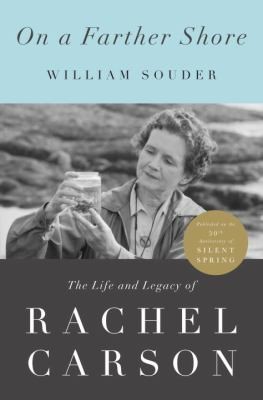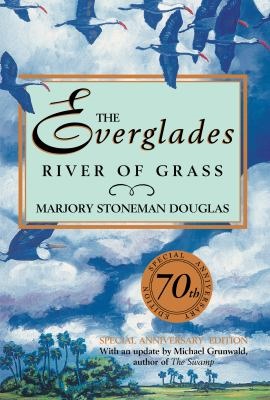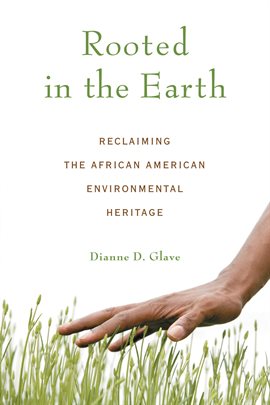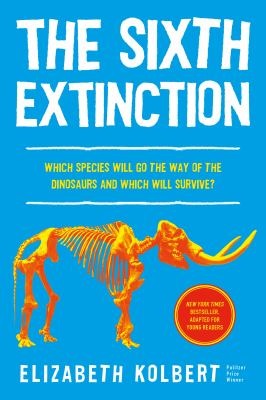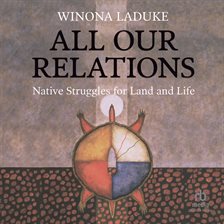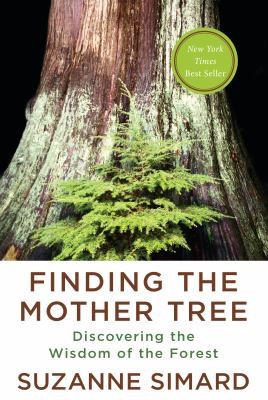Our 2024 One Read novel, “Migrations,” follows Franny Stone on board a fishing vessel as she chases what may be the last migration of the Arctic tern, a species with the farthest annual migration of any bird on Earth. The crew of the Saghani are at first interested in Franny’s promise to find fish while following the birds she’s tagged, but they soon take on her mission as their own, realizing that the fragile Arctic terns are a symbol of hope for the survival of the planet.
One question asked repeatedly throughout the novel is this (paraphrasing): “Is all lost, is it truly too late?” With her focus on the precarious future of the Arctic tern, Franny grasps at small signs for a hopeful future. Bold women like Franny are examples of those who take an unflinching view of the science and are willing to do the work to save our one and only home.
The following titles explore the lives and writings of scientists and activists who shouldn’t be the only voices in the wilderness begging for action, for responsive policies and for environmental justice for all. Is all lost? Is it truly too late? Only if we give up.
Rachel Carson, 1907-1964
“On a Farther Shore: The Life and Legacy of Rachel Carson”
Science journalist Rachel Carson worked to preserve the world for future generations. Carson tried to reframe our view of humanity as but one part of nature. Though we have the power to alter the living world, we should never see ourselves as outside of nature. With our power comes greater responsibility. Carson’s most influential work, “Silent Spring,” revealed the damaging effects of pesticides on the food chain and condemned the indiscriminate use of DDT throughout the 1950s. The book led to a presidential commission that largely endorsed her findings, and helped shape a growing environmental consciousness and the banning of DDT.
Marjory Stoneman Douglas, 1890-1998
“The Everglades: River of Grass,”
Before 1947, when Marjory Stoneman Douglas named The Everglades a “river of grass,” most people considered the area a wasteland. Stoneman Douglas brought the world’s attention to the need to preserve the Everglades, the largest subtropical wilderness in the United States. Contrary to what many believed, the Everglades greatly benefit the region by filtering drinking water for over a third of the population of Florida, the network of wetlands and mangrove forests protect the region from hurricane flooding, and the entire preserve serves as a major corridor for hundreds of species of migratory birds. In this updated edition of Stoneman Douglas’ groundbreaking work, Michael Grunwald reports in the afterword on what has happened to the Glades since.
Dr. Dianne Glave
Dr. Dianne Glave is a historian and professor whose specialty is African American Environmentalism. Her love of nature has translated professionally and vocationally and she writes and speaks extensively on the topic. She is the author of “Rooted in the Earth: Reclaiming the African American Environmental Heritage.”
Elizabeth Kolbert
Elizabeth Kolbert is a staff writer for The New Yorker. Her series on global warming, “The Climate of Man,” won the American Association for the Advancement of Science’s magazine writing award and a National Academies communications award. She has written several books including “Catastrophe: Man, Nature, and Climate Change” and “The Sixth Extinction: An Unnatural History,” which won the 2015 Pulitzer Prize for Nonfiction.
Winona LaDuke
“All Our Relations: Native Struggles for Land and Life”
Winona LaDuke is a Native American environmentalist, activist and writer who advocates on issues of climate change, renewable energy, sustainable development, food systems and environmental justice. A member of the Mississippi Band Anishinaabeg, she co-founded Honor the Earth, a Native American-led organization that works to raise public awareness and increase financial resources for the Native environmental movement.
Suzanne Simard
“Finding the Mother Tree: Discovering the Wisdom of the Forest”
Suzanne Simard is a Canadian scientist and Professor in the Department of Forest and Conservation Sciences at the University of British Columbia. Simard is best known for the research she conducted on the underground networks of forests characterized by fungi and roots. She studies how these fungi and roots facilitate communication and interaction between trees and plants of an ecosystem. She’s shown that forest trees do not compete with each other for resources, but instead communicate and share, contributing to the overall health of the forest. Simard is also a leader of TerreWEB, an initiative set to train graduate students and post-doctoral fellows in global change science.
September at DBRL is filled with great One Read programming related to the book “Migrations.” Find the list of these events in the September/October program guide and online at www.dbrl.org/one-read.

